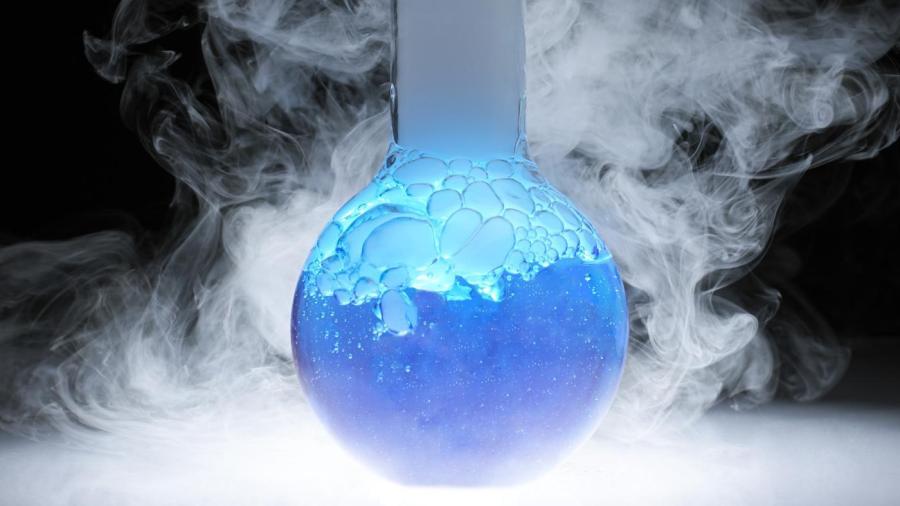What Are the Similarities Between a Solid, a Liquid and a Gas?
Follow Us:
Twitter

Solid, liquid and gas are the three primary states of matter that a particular substance can undergo. The solid, liquid and gas states of a particular substance all share the same chemical formula, but the situation of the molecules and atoms within the substance differ with each state.
In general, a substance moves from a solid to a liquid to a gas as the temperature increases, and it moves in the reverse direction when the temperature decreases. The molecules in a gas move more rapidly and are more spread out than those in a liquid, which in turn are faster moving and further apart than the molecules in a solid. Plasma is the fourth major state of matter.





